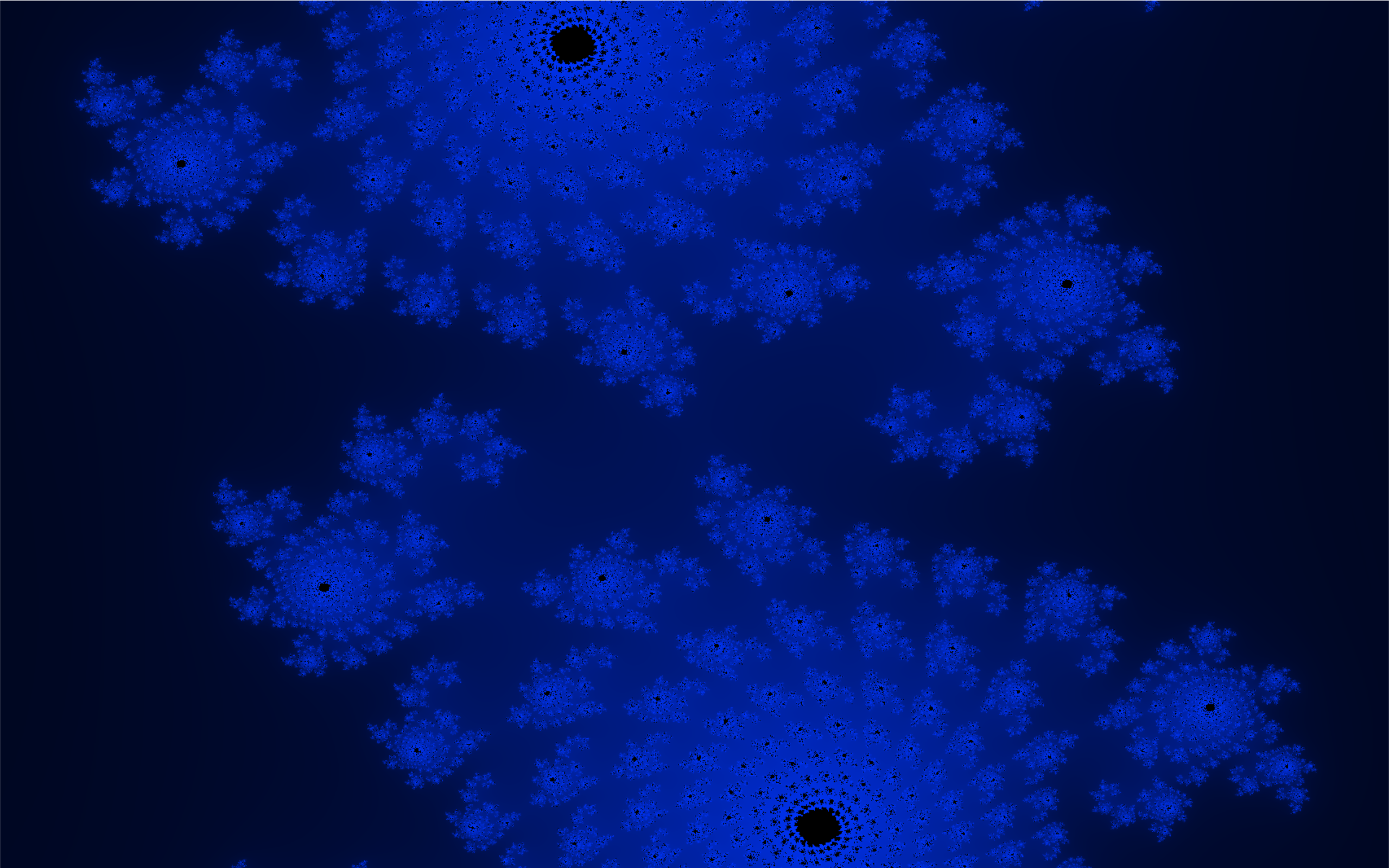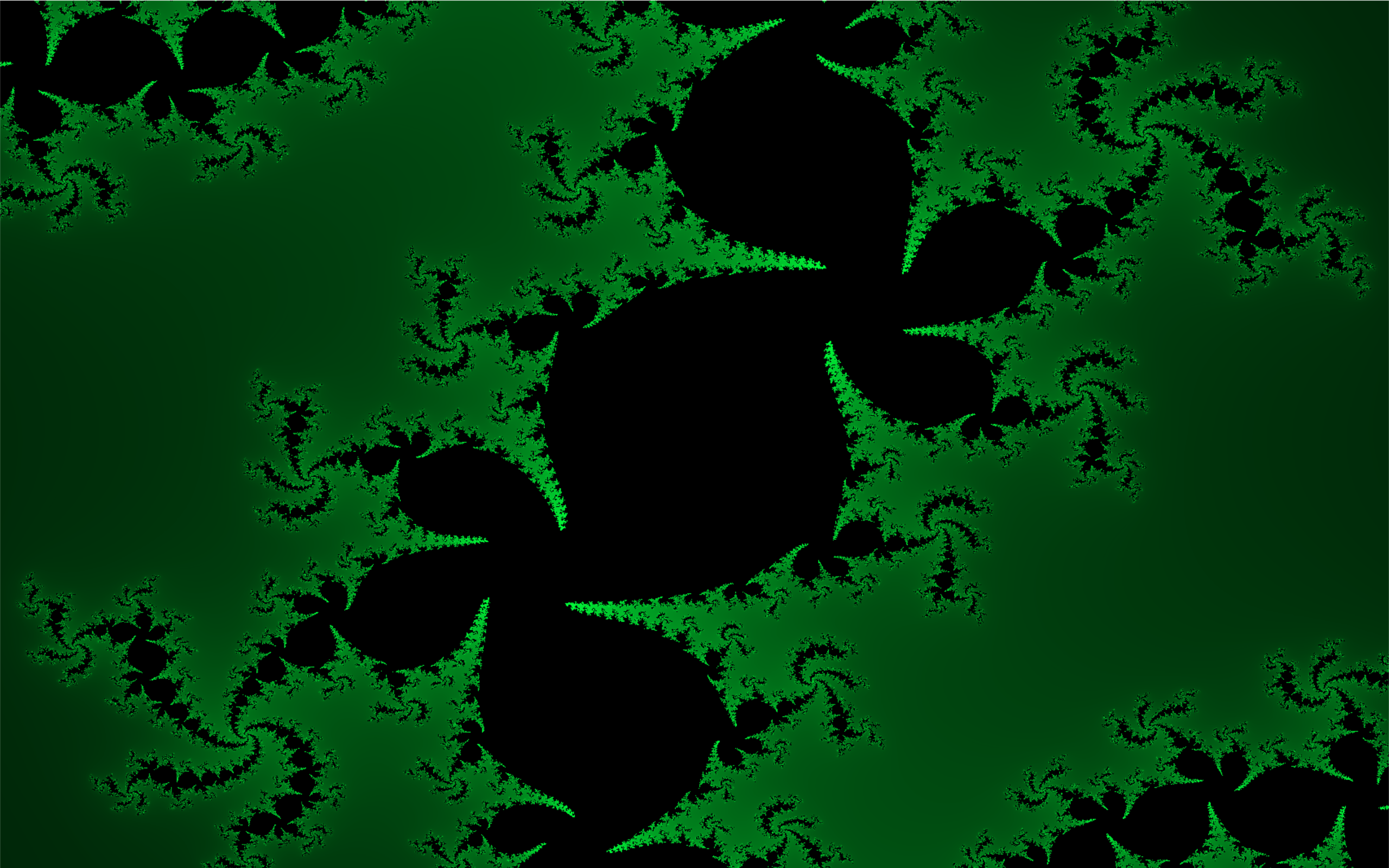Author: Shresht Bhowmick
Date: November 2024
demo.mp4
SHFLA (Shoegaze Hierarchical Fractal Language Architecture) takes my obsessions with music and fractal geometry and mashes them into a wild audiovisual playground. It’s a system that maps musical elements to dynamic Julia set fractals, producing visuals that adapt to the mood and energy of the song. Designed to be Turing-complete, SHFLA made its debut at the MIT Media Lab Unconventional Computing Hackathon and snagged first place for turning audio into stunning real-time fractal art.
The example video above demonstrates SHFLA with My Bloody Valentine’s Only Shallow (heavily compressed, but you get the vibe). Locally, it’s sharper, punchier, and absolutely mesmerizing.
- Real-Time Visuals: Synchronizes Julia set fractals with the audio playback.
- Dynamic Parameter Mapping:
- Brightness: Mapped to the spectral centroid (perceived brightness).
- Color: Directly tied to the musical key via chroma analysis.
- Complexity: Influenced by the spectral centroid, scaling fractal intricacy.
- Interactive Inputs: Accepts song names or YouTube links.
- Optimized Performance: GPU acceleration via Numba and CUDA ensures buttery-smooth visuals.
- Enter a song name or a YouTube link.
- Audio is fetched using
yt-dlp.
- Pitch (Fundamental Frequency): Sets the complex parameter
cfor the Julia set. - Spectral Centroid: Adjusts fractal complexity, e.g.,
max_iter. - Chroma Features: Maps pitch classes to the fractal’s color palette.
- GPU-accelerated Julia set rendering in real-time.
- Dynamic parameter updates ensure seamless synchronization with music.
- Pygame handles rendering and real-time interaction.
- Python 3.9+
- pip
- ffmpeg in system PATH
Install via requirements.txt:
git clone https://github.com/Tetraslam/SHFLA.git
cd SHFLA
pip install -r requirements.txtOr install manually:
pip install numpy pygame librosa numba yt-dlp rich- Windows: ffmpeg.org
- macOS:
brew install ffmpeg - Linux:
sudo apt-get install ffmpeg
Ensure ffmpeg is added to your PATH.
-
Run SHFLA:
python main.py
-
Provide Input: Enter a song name or YouTube link when prompted.
-
Adjust Resolution (Optional): Specify a resolution or press Enter for default (1920x1080).
-
Enjoy the Show: Watch as SHFLA transforms music into fractals in real time.
 Fractal changes driven by audio brightness.
Fractal changes driven by audio brightness.
 Fractal detail scaling with spectral richness.
Fractal detail scaling with spectral richness.
- OS: Windows/macOS/Linux
- Python: 3.9+
- Hardware:
- CUDA-enabled GPU (recommended)
- 8GB+ RAM
Pull requests are welcome!
- Fork the Repo
- Create a Feature Branch:
git checkout -b feature/new-feature
- Push Changes:
git push origin feature/new-feature
- Submit a Pull Request
MIT License. Feel free to modify and distribute.
Special thanks to the Python community and everyone who’s ever stared too long at a fractal. Extra shoutout to Numba, CUDA, and the shoegaze genre for inspiration.
Questions or ideas? Hit me up:
- Email: [email protected]
- GitHub: Tetraslam
- Website: tetraslam.world
